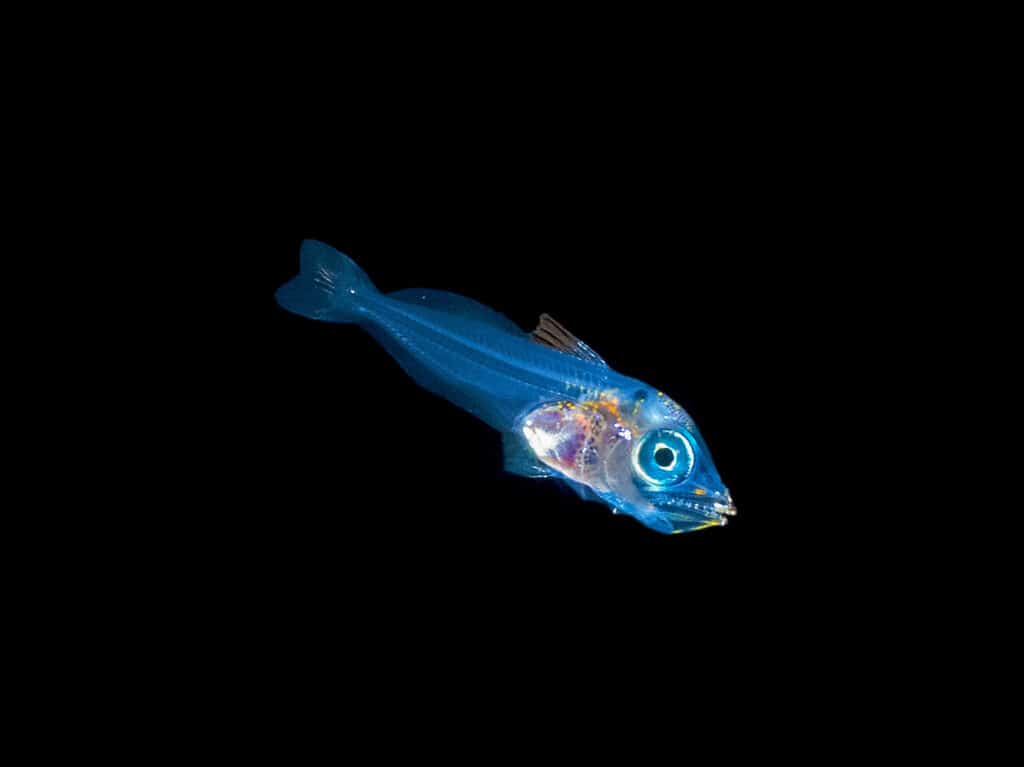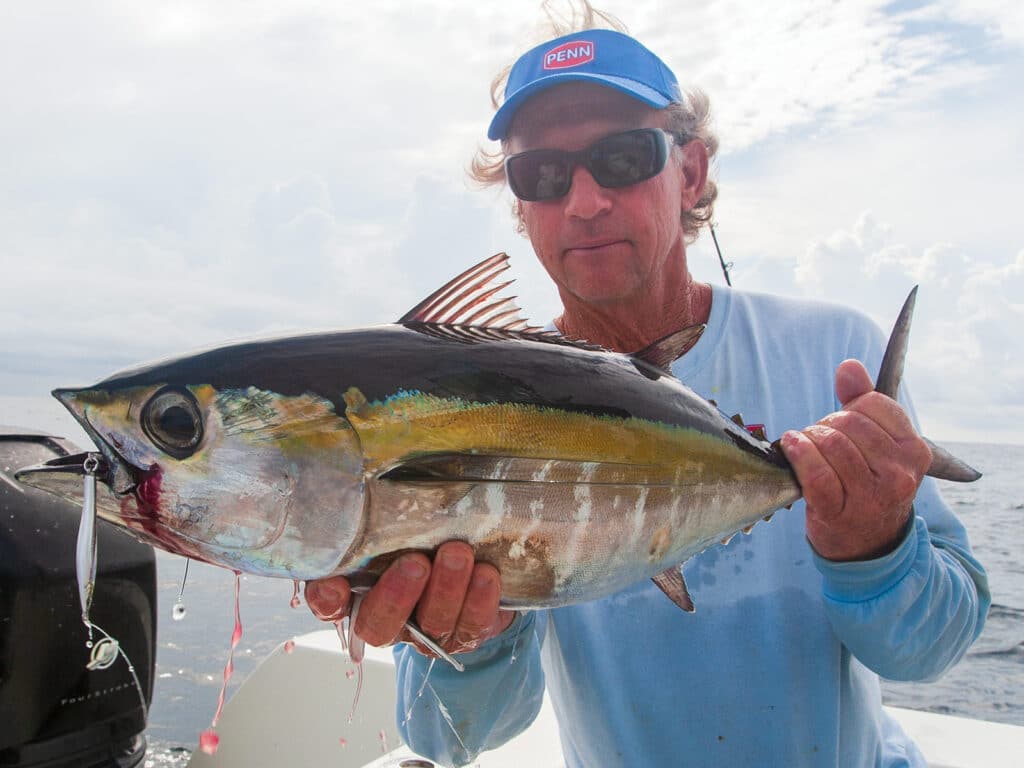
The life history of most game fishes is pretty amazing. Although some species may grow to more than 1,000 pounds, all begin life as one of millions of eggs the size of a small grain of sand floating about an ocean full of tiny predators, following a full-moon spawning session. Of those millions, thousands may be fertilized, but of those thousands fewer than 100 will survive past the larval stage.
They feed on tiny plankton, but are also fed upon by slightly larger planktonic predators. It is indeed a jungle out there in the open ocean. Growth, for the few that live, is rapid. Most larval forms of game and food fishes bear little or no resemblance initially to adults, often very different in shape and color, recognizable only to experts. They may resemble elaborate insects as much as fish.
As they grow into small juveniles, often characterized by oversized eyes, the babies begin to gradually take on more of the characteristics of larger, older fish. Few anglers ever get the chance for a close-up and personal look at game fish not much longer than a cherry tomato, so in this ongoing gallery of “microscopic monsters,” we’ll offer a rare look at a mini version of species most of us see as only adult fish.

This toothy little monster has a lot of changing to do in a brief period to look like what it is. That’s because it’s a tuna, though at about one third of an inch, it’s details might be lost to the naked eye, including those tiny jaws lined with teeth. How un-tuna-like!
Not enough detail can be discerned to determine the species, so we can only speculate; it might be a yellowfin or a little tunny (false albacore) or another tuna species. Survival is not in the odds for this tiny predator, but should it beat those odds, it will grow quickly, soon into a more tuna-like juvenile.









